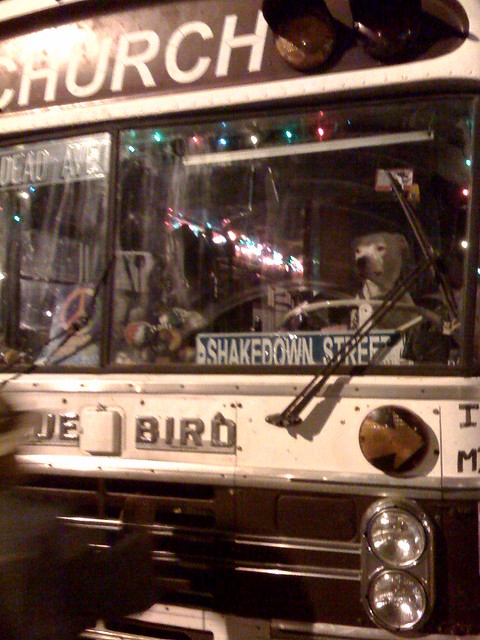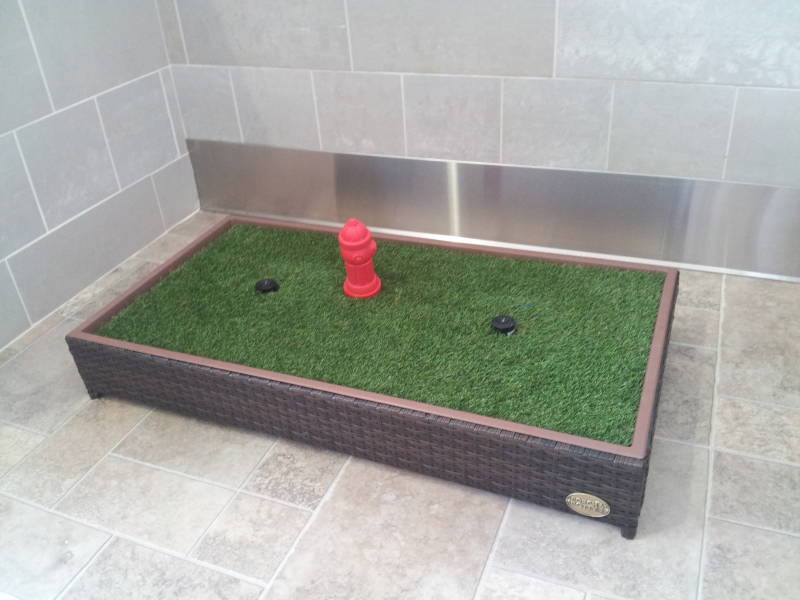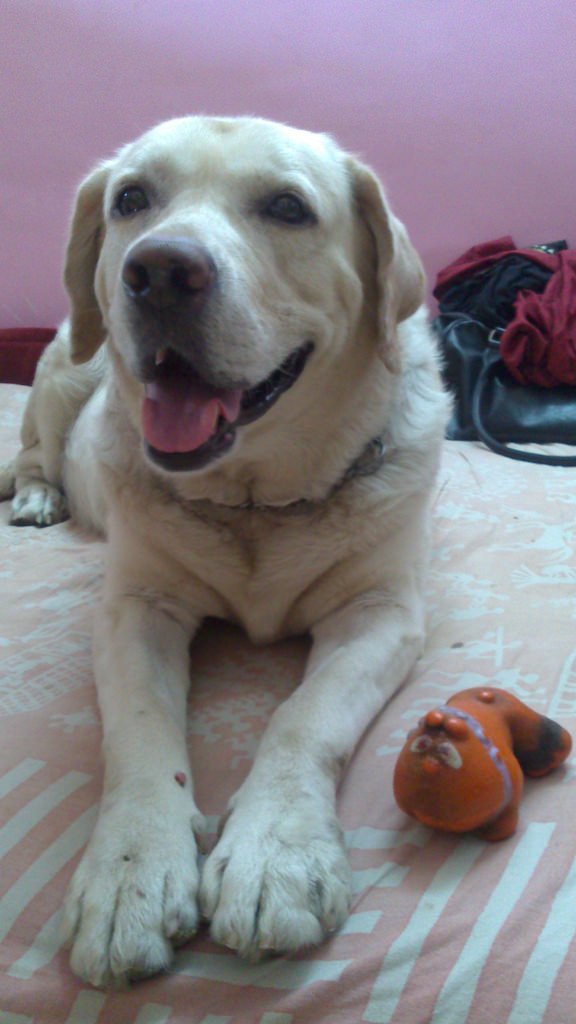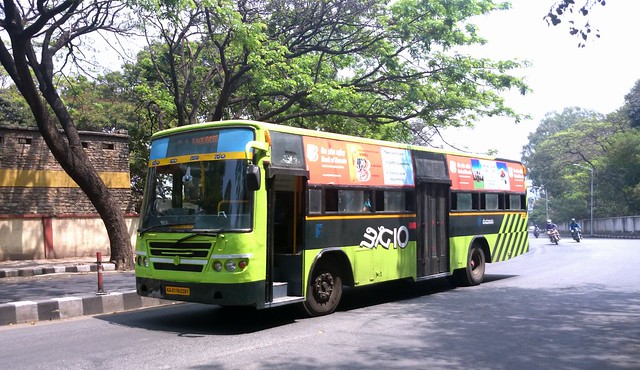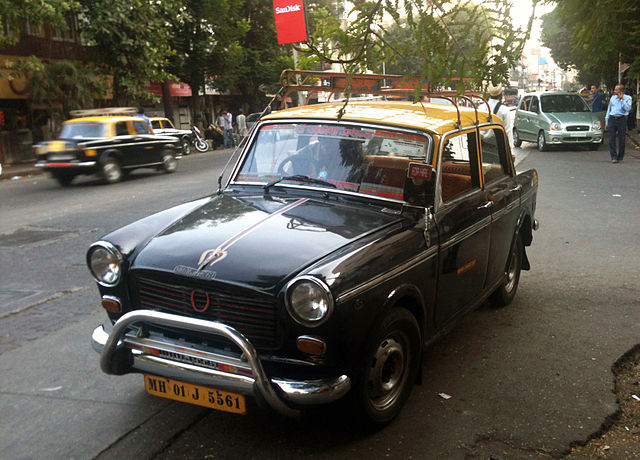PMPML: Pune Mahanagar Parivahan Mahamandal Limited, (Pune Metropolitan Transport Corporation Limited) is the Transport unit that serves the twin cities of Pune and Pimpri-Chinchwad. It has been panned by one and all ever since its formation in 2007 for various reasons, from the valid ones like poor quality of buses, to the inane ones like bad looking buses.
My first interaction with buses in Pune began back in 1999 when I visited the city for the first time. Having lived in Bombay for a year, and having travelled in BEST buses then, Pune buses were a bit disappointing, to say the least. It was even more odd because there were buses marked PMT and PCMT. I used to wonder why the same organisation would have different names on their buses.
I soon found out that they were different entities. PMT was Pune Municipal Transport, operated by the Pune Municipal Corporation. It had seven depots, Narveer Tanajiwadi, Kothrud, Hadapsar, Swargate, Katraj, Pune Station, and Market Yard, with it’s head office being located at Swargate, next to the MSRTC Pune Division office. PCMT was the Pimpri-Chinchwad Municipal Transport, operated by the Pimpri-Chinchwad Municipal Corporation with three depots at Pimpri, Nigdi and Bhosari.
The two of them operated independently, without entering into each-others territories except in rare routes, such as those to Pune Station and Wakad. Both of them had a track record for bad services, zero punctuality and rickety buses. In 2005, the Supreme Court made a recommendation that the two bodies be merged to provide better services, which the State Government ensured in 2007. Thus, on 15 October 2007, the PMPML was officially formed after it received its Commencement Certificate.
The major advantage of the merger was seen shortly after it happened. Pune and Pimpri-Chinchwad were now treated as one large region, the Pune Metropolitan Area. If this move had to be compared, it can be compared to when BEST took over the Bandra Bus Company in 1949. As a unified body, PMPML had access to funding from both the PMC, as well as the PCMC. The combined population of both cities and their JnNURM eligibility was an added bonus. However, the new body was partly autonomous, like BEST, thus it had to bear its own financial losses and neither Municipal Corporation was liable to bail it out.
It was just before this time that the PMT managed to acquire a few Volvo B7RLE (8400) buses for use on its planned Bus Rapid Transit System (BRTS). The BRTS, later renamed to as the Rainbow BRTS, was officially launched in 2009 by the PMC and PMPML. Unlike the Ahmedabad Janmarg, the initial line of Rainbow BRTS was merely a set of bus lanes with bus stops on the centre of the road. Basically, a replica of the Delhi BRTS. There was no off board ticket collection, no level boarding, nothing. The route ran from Katraj to Swargate and then to Hadapsar. Bus lanes were built on Satara Road from the Katraj Octroi Checkpost till Jedhe Chowk at Swargate. This set-up has been partly disrupted due to the Jedhe Chowk flyover and Dhanakwadi flyover. From Swargate to Hadapsar, the BRTS ran along with regular traffic through Pune Camp till Racecourse on Solapur Road where it again got a dedicated lane. Today, enforcement is lax, and all sorts of vehicles enter the bus lanes.
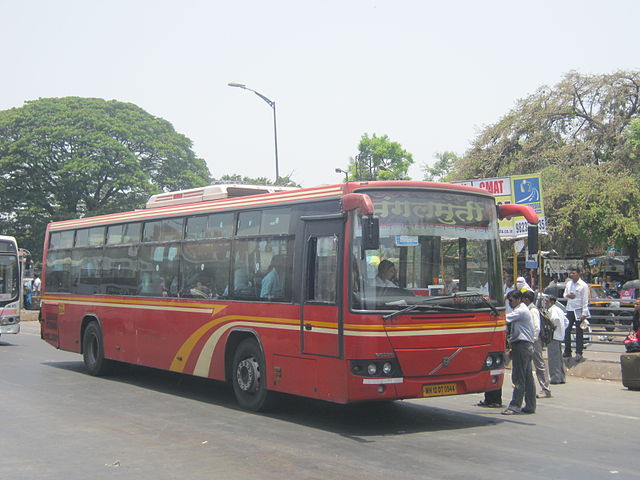
The old Pune BRTS uses Volvo B7RLE/8400 buses that belong to the Katraj Depot. This is the only time that I have seen anyone create openable windows on any Volvo bus. The buses have been badly maintained, are covered with paan stains on both, the inside and the outside.
The PMC and PCMC have been building a new Bus Rapid Transit System, this time, a proper one with Centre-stations, off board ticketing, et al, similar to the Janmarg. The PMC has built this along Nagar Road, connecting parts of Vishrantwadi, Alandi Road, Sangamadi, and Yerwada. The PCMC has built multiple corridors, mainly along the Aundh-Ravet-Kiwale and the Nashik Phata – Hinjewadi Phata routes with intersecting lines at Kalewadi Phata, Empire Estate and one major line along the Old Mumbai-Pune Highway from Nigdi to Dapodi.

The PMPML ticketing system has been a rather controversial one. The PMPML started out with an eTicketing system in 2010 with a private firm called Vansh Nimay, which is known for running bus services for the NMPL in Nagpur. The system was similar to the one BEST and MSRTC had implemented with Trimax. However, there was one major flaw in the system that neither PMPML nor Vansh Nimay could do anything about. The system could not back up ticket sales and revenue data, thanks to both a technical glitch as well as a loophole in the agreement. Thus, Vansh Nimay got its commission for each ticket sold and the PMPML had no clue how many tickets were sold and how many conductors were actually pocketing the money. Subsequently, this was scrapped and the punched tickets returned, although this time, they were yellow in colour.
In December 2014, then State Inspector General of Registration and Controller of Stamps, Shrikar Pardeshi, an IAS officer, was given the additional responsibility of Chairman and Managing Director of the PMPML. Pardeshi had earlier managed PMPML in July 2013 where he rationalised all ticket stages to multiples of ₹5 to overcome problems with returning change. This time around, Pardeshi took some major steps towards reform, and managed to get most of the PMPML’s grounded fleet on the roads. The PMPML had 160 odd buses that were lying in depots for want of repairs, but couldn’t be fixed due to lack of funds. He set up a bank account for PMPML to deposit 6% of the daily revenue for purchase of spare parts. In less than 3 months, Pardeshi increased the functional fleet from 60% to 75%, which is a major turnaround. He worked on improving schedules, drivers efficiency, as well as addressing staff concerns, including health checkups for them. He stated in an interaction about his efforts to tie up with many NGOs and other bodies to set up a new website for the PMPML, and a proposed mobile app. He set goals and targets for revenue collections, passengers in buses, and advertisements. Unfortunately for PMPML, but fortunately for India, Pardeshi was called up to join the Prime Ministers Office as Deputy Secretary in April 2014. One hopes that he will create such a turnaround for the country in his new role.
In 2015, the PMPML announced a tie up with a Delhi based company along with the Central Bank of India to set up a new electronic Ticketing system. The system would be rolled out to conductors of the Pune Station Depot and then to others. These are expected to work similar to the ones in use by BEST in Mumbai.
PMPML, is now a better organisation, though it has miles [or kilometres] to go to reach the levels or efficiency that other Transport undertakings have reached. It needs more land for buses to park, better depots, better facilities for it’s staff.The Katraj Depot is the most profitable. Take a look at the Market Yard Depot and decide for yourself if it is worth calling it a depot.

Among various issues the PMPML still has to work on are; friendlier staff, more buses on schedule, cleaner buses, more buses to the outskirts. Route maps on bus stops, better bus stops, and bus stops with route numbers marked on them are needed.
Overall, I think PMPML has done a good job in the last one year, thanks mainly to he great capabilities of Srikar Pardeshi. With offers pouring in from firms like Asian Concierge to provide AC Volvo buses for free in lieu of advertising rights, similar to BEST, PMPML should seize them and make itself a brand name in the city. The PMPML has already lost a significant chunk of its revenue to MetroZip in the Hinjewadi region.
Have something to say about the PMPML? Feel free to post it in the comments below:
![]()

![[Story] Sherlock’s Day Out](https://bestpedia.in/wp-content/uploads/2015/08/Sherlock-woofbus-ticket.jpg)
